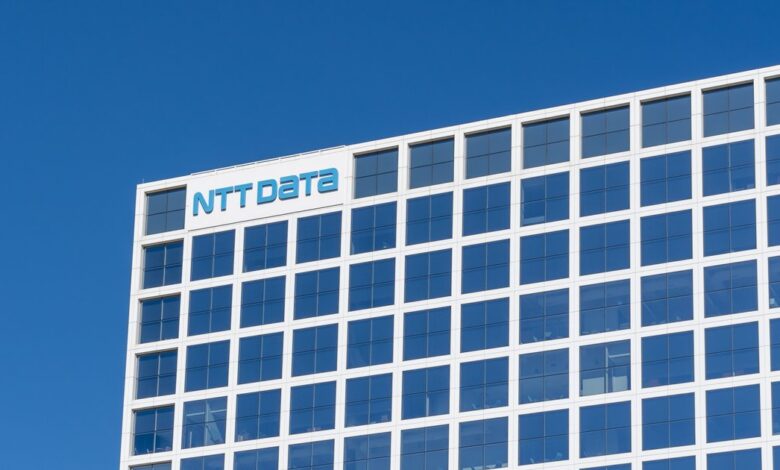Implementing CBDCs: Insights from Jorge Lesmes at NTT DATA

“A lack of financial literacy, education, and proper guidelines around cybersecurity across the financial sector, as well as the pressure on banks to innovate quickly, are just a few lingering issues that require attention,” he says.
“In terms of leadership and current adoption in the digital currency space, many countries, including the US, China, Switzerland and Nigeria, have been at the forefront.
The US, with its strong financial infrastructure and status as a global tech and finance leader, is well-positioned to facilitate the development and adoption of digital currencies including Tether (USDT), MakerDAO (DAI), and USD Coin (USDC).
“China has introduced the First Digital USD (FDUSD), backed by the US and recognised as one of the world’s largest stablecoins. Switzerland is excelling in the regulatory space by combining technological innovation with a solid regulatory framework to ensure the secure creation and adoption of digital currencies.
“Nigeria, along with a few other African nations, is seeing an increased interest in digital currencies and has pioneered the launch of its own CBDC, the e-naira.”
Elsewhere, the UK is not far behind either, “but if it’s going to follow in the steps of countries who have prioritised regulation and ensured stability, it will need to continue taking steps to foster solid public trust in this space”, continues Jorge.
The global bank messaging network SWIFT has also announced plans to launch a new platform in the next one to two years to connect the rise of central bank digital currencies.
Indeed, over 90% of countries are exploring CBDCs today. Preparations are now swiftly underway for future implementation as exploring has seen key markets sure up regulations and the adoption of digital currencies.
With all this in mind, the introduction of CBDCs could be set to transform the central financial landscape sooner rather than later, with the Bank of International Settlements (BIS) predicting there will be 15 retail CBDCs by 2030.



